Achieving Carbon Neutrality and Net Zero Goals
Introduction:
In recent years, an increasing number of companies have made commitments to become carbon neutral or achieve net zero emissions. These pledges signify a shift toward sustainability and environmental responsibility. Carbon neutrality refers to achieving a balance between the amount of carbon dioxide emitted into the atmosphere and the amount sequestered or offset. It involves reducing emissions as much as possible and compensating for the remaining emissions through carbon offset projects. On the other hand, net zero emissions go beyond carbon neutrality by requiring not only balancing emissions but also ensuring that the total greenhouse gas emissions released into the atmosphere are effectively reduced to zero. Achieving net zero entails minimizing emissions through various strategies, adopting renewable energy sources, improving energy efficiency, and implementing carbon capture technologies.
The Challenges and Realism of Achieving Carbon Neutrality and Net Zero:
- Complex Emissions Sources:
Companies operate within intricate supply chains and face challenges in identifying and measuring their emissions accurately. Achieving carbon neutrality or net zero requires accounting for indirect emissions, such as those generated by suppliers or associated with transportation. Accurate measurement and effective reduction strategies across the entire value chain are crucial but often pose significant challenges (Benoit, 2020). - Technological Limitations:
Some sectors, including aviation and heavy industry, significantly rely on fossil fuels and produce large amounts of greenhouse gasses that are challenging to reduce or remove. These industries must develop and implement cutting-edge technologies, such as carbon capture and storage or advanced biofuels, in order to achieve net zero emissions. Though they are still in the early stages of development, these solutions might not be easily accessible or commercially feasible. (IEA, 2021). - Time and Investment:
Transitioning to carbon neutrality or net zero emissions requires substantial investments in renewable energy infrastructure, energy-efficient technologies, and emission reduction measures. Companies must allocate resources and dedicate time to implementing these changes, which may be challenging for organizations with limited financial capabilities or shorter timeframes (Reinecke et al., 2020). - Greenwashing Concerns:
As the demand for sustainable practices grows, there is a risk of companies making carbon neutrality or net zero commitments for mere public relations purposes, without genuinely addressing their environmental impact. This phenomenon, known as “greenwashing,” undermines the authenticity of such initiatives. It is crucial for companies to transparently disclose their emissions reduction strategies and demonstrate tangible progress to build trust and credibility (Delmas et al., 2021). - Transitioning to a Low-Carbon Economy:
To achieve carbon neutrality or net zero emissions for an entire industry or economy, significant regulatory support is needed. This shift is greatly aided by public policies, incentives, and international cooperation. These objectives may be very difficult for enterprises to achieve without a supportive policy framework and regulatory clarity (Hale et al., 2020). - Long-Term Perspective:
Carbon neutrality and net zero commitments are long-term endeavors that require sustained efforts and a commitment to continuous improvement. It is essential for companies to set realistic interim targets, regularly monitor their progress, and adjust strategies accordingly. Additionally, fostering a culture of innovation and collaboration within organizations can enhance the feasibility of achieving these goals (Benoit, 2020).

Opportunities and Pathways for Success:
- Collaboration and Partnerships:
Addressing climate change requires collective action. Companies can collaborate with suppliers, customers, and industry peers to leverage shared resources, knowledge, and best practices. For example, Apple Inc. has partnered with its suppliers to transition to 100% renewable energy and reduce their carbon footprint (Apple, 2021). Partnerships with environmental organizations and research institutions can also facilitate the development and adoption of innovative solutions (Delmas et al., 2021). - Holistic Approach:
To achieve carbon neutrality or net zero, companies need to adopt a holistic approach that encompasses their entire value chain. This involves engaging suppliers, managing emissions from transportation and logistics, promoting circular economy practices, and optimizing energy consumption within their operations. For instance, IKEA aims to achieve net zero emissions throughout its value chain by 2030, including the use of renewable energy, sustainable materials, and energy-efficient solutions (IKEA, 2021). By considering the full lifecycle of their products and services, companies can identify opportunities for emissions reduction and sustainable innovation. - Transparency and Accountability:
To ensure the authenticity of carbon neutrality and net zero commitments, companies must transparently communicate their progress and results. Third-party verification and certification can enhance credibility, providing assurance that organizations are meeting their targets and following robust environmental standards. Microsoft, for example, has committed to being carbon negative by 2030 and has implemented an annual independent audit to verify and report its emissions reduction progress (Microsoft, 2021).
Conclusion:
While the achievability and authenticity of carbon neutrality and net zero goals present significant challenges, companies have an opportunity to make a genuine impact by adopting a holistic approach, engaging in collaborations and partnerships, and ensuring transparency and accountability. By combining efforts from governments, businesses, and stakeholders, the collective pursuit of these goals can lead to a more sustainable and resilient future.
Published on December 4, 2023.
Stay tuned for new blogs every Monday!
Follow the iMPACT Magazine on social media for more informative content.






